Destiny 2 Forsaken: 20 things it needs to add, change, and fix in Year Two, to keep the recent good times rolling
With Destiny 2: Forsaken set for reveal off the back of an upturn in community goodwill, Bungie has an open goal. Here's how it can score.
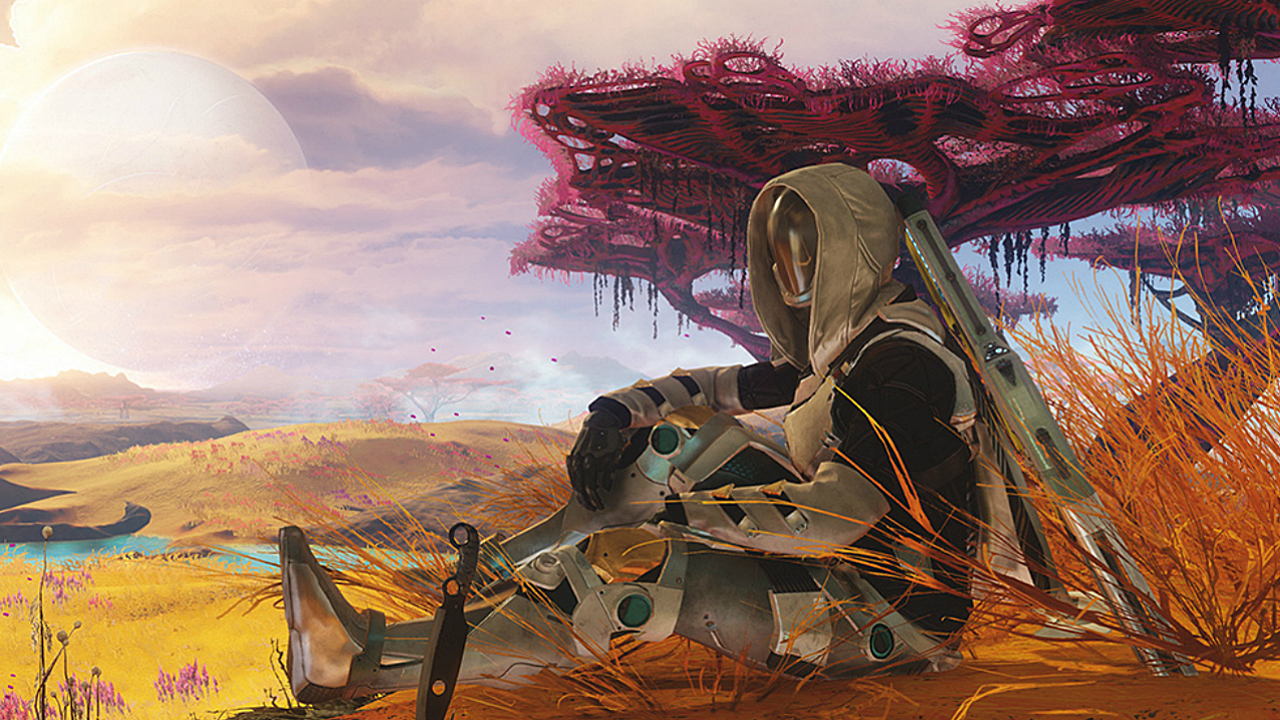
With the imminent reveal of Destiny 2: Forsaken, it feels like we might finally be on the cusp of a huge (and crucially, positive) watershed moment. Long maligned by the game’s community for removing depth, grind, and diversity from its sequel in favour of cosmetic loot and a whole lot of lootboxes, Bungie’s actions over recent months have been more heartening. Between a community summit at the studio, a well-received, empowering sandbox update, and the generally rather good Warmind expansion, Destiny 2 has lately felt like a game starting to regain its identity.
And now Bungie is ready to unveil Year Two, just ahead of previewing its large-scale, September, Forsaken expansion as one of the biggest E3 2018 games. The first game’s equivalent, The Taken King, was a game-changer in all respects. Destiny 2: Forsaken, absolutely has to be. So, that in mind, I’ve broken down 20 things that Destiny 2, Year Two still has to add, fix, tweak, and amend. Here, we're covering every aspect of the game, from the shooting to the story. But starting with the most important, core stuff...
The fundamental Destiny 2 experience
1. Understand what ‘the hobby’ is
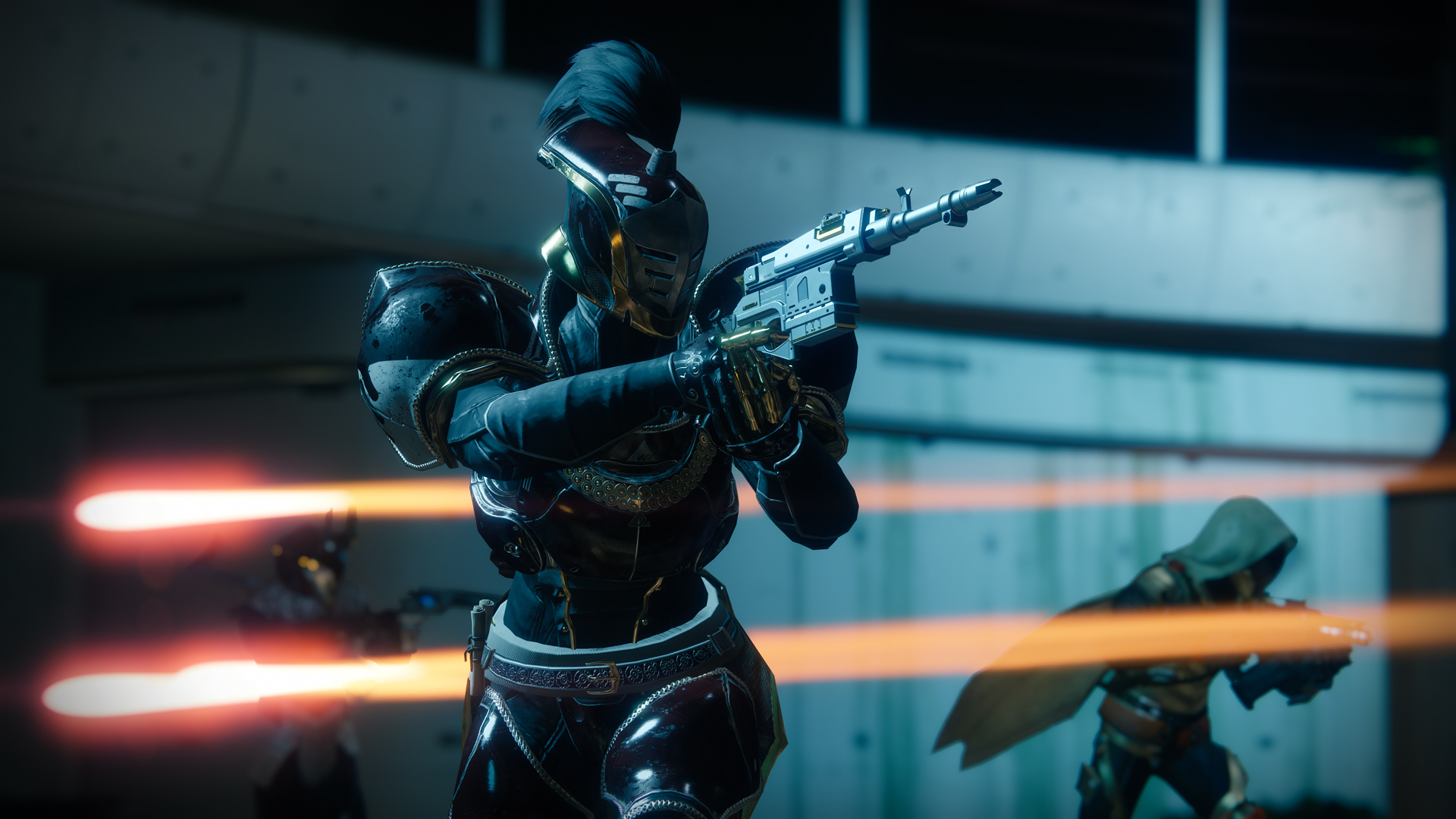
Everything Destiny 2 does from here on out has to come down to this. Bungie has now stated that it wants to rework the game to serve players who want to make it their hobby – ie. the core, loyalist bunch who made Destiny and its brilliant community what they are over the course of three years. And that needs to happen. Reducing Destiny’s depth and sanding down the corners of its long-term challenge with the launch version of Destiny 2 just didn’t work. To get things right from now on, Destiny 2 needs to be laser-focused on what ‘the hobby’ actually is.
The best Destiny isn’t just a shooter with collectible guns. It’s an open-ended, FPS sandbox in which the process of shooting aliens (and each other) in the face is both an art and a science, which begins long before we pick up a gun. I often compare playing Destiny to being a hobbyist car tuner, and there are good reasons so many Destiny players love Monster Hunter. The kind of deep, gratifying Destiny that keeps players around for years rather than weeks is as much a theoretical pursuit as a practical one. It’s about weighing up the pros, cons, perks, and hidden depths of various pieces of loot. It’s about designing synergistic character builds for niche but powerful purposes. It’s about doing the maths and bending the rules in order to become more powerful – both individually and as part of a supportive, symbiotic team – than initially seems remotely possible.
It’s about drawing out theoretical designs which might, just might, blow open the game (or even just certain events, or perhaps individual missions) to be tackled in whole new ways. It’s about punching above your weight in high-level events by thinking around the problem, before tackling it with tight co-ordination and more than a few ludicrous, improvised hero moments. It’s about being able to spend far too long discussing the comparative virtues of differently specced shotguns, and how pairing a couple of particular weapons with a different armour piece might empower an entirely new style of PvP play. It’s about having all of these things to think about, in a game malleable enough to support the end results, and which provides a wealth of solo and co-op routes to achieving these goals in a satisfyingly slow-burn fashion. Until recently, much of Destiny 2 has shied away from this. Year 2 needs to be a complete 180.
2. Overhaul armour and weapon perks
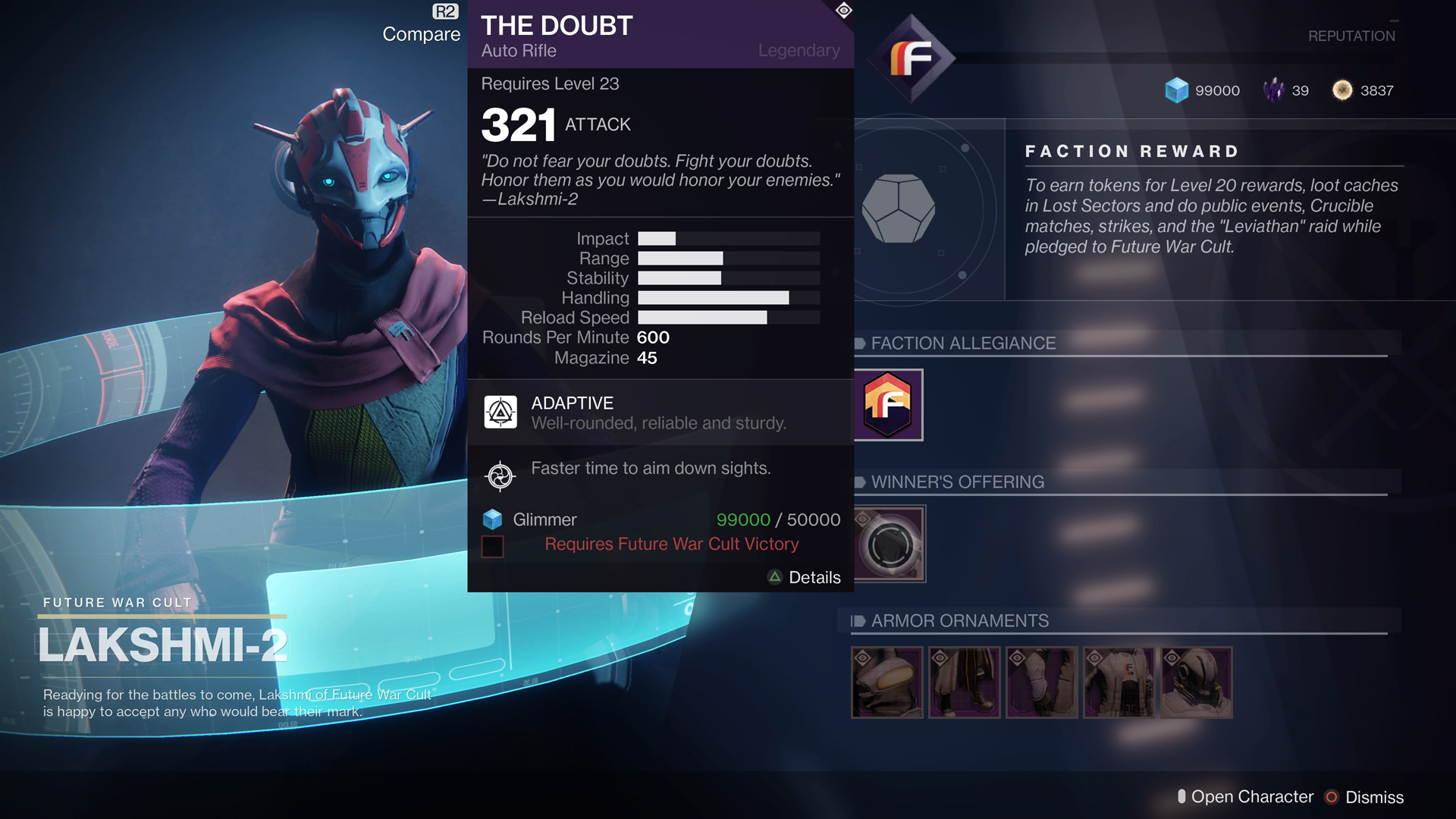
Bungie has already pledged a rework of Destiny 2’s mod system to be combined with a rethink of how weapon perks are randomised. Currently they aren’t, unlike in the original Destiny, meaning that there’s no variance in quality or functionality in repeat drops of the same gun. It’s very, very heartening that Bungie is addressing all of this. But for the future health of Destiny 2, this change has to be big. It has to be the backbone of Year Two, to the same degree that The Taken King’s radically reworked level progression system shook up the original Destiny’s second year.
Philosophically, there are two main goals for this overhaul. It has to give back Guardians’ sense of ownership of their gear and their experience, and it has to give us more varied and more exciting types of power. Effectively, it needs to supercharge the RPG side of Destiny 2, and give us control of how we navigate it. And fundamentally, it has to go beyond what the original game provided. This is, after all, a sequel.
Weekly digests, tales from the communities you love, and more
3. Rework the weapon categories
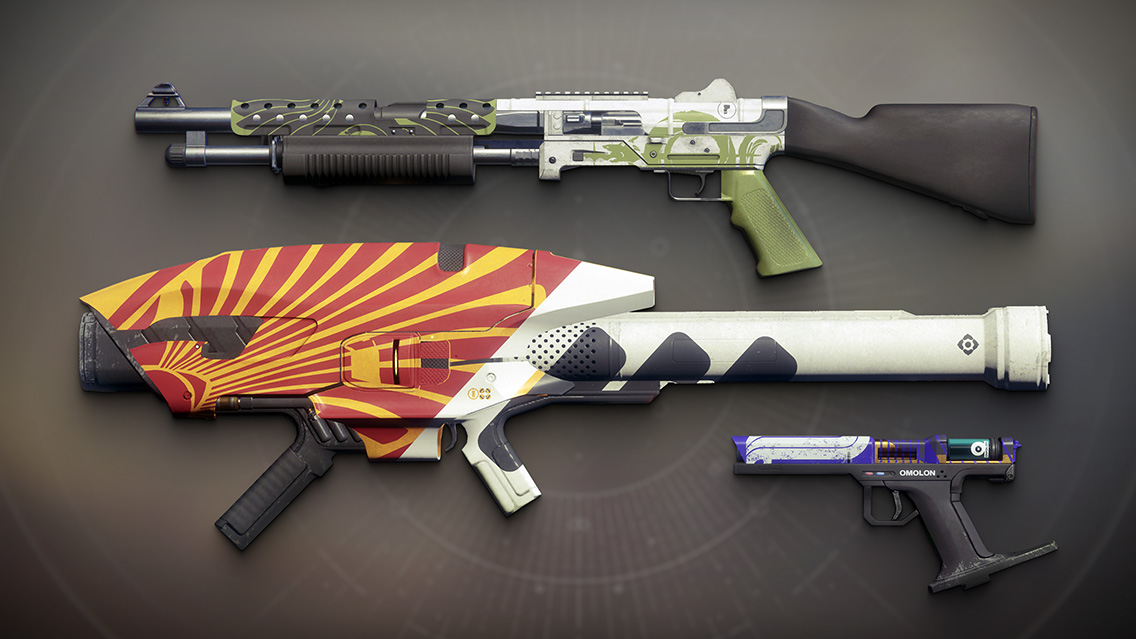
With Destiny 2, Bungie moved several much loved weapon types from the Special category to the new Power weapon slot. That meant that shotguns, sniper rifles, and fusion rifles went from being ever-present, ever-ready parts of the combat ecosystem to special-occasion rarities, their use rationed off by a greatly reduced ammo supply. I understand the studio’s thinking behind this. All of the above relocated weapon types are capable of scoring a one-hit kill, and so in theory there’s a certain logic to reducing their availability, at least in terms of PvP balance. But in practice, things haven’t worked out well.
The problem is context. Not all one-hit kills are created equal. There’s a big difference between the power of a high-skill, very situational weapon such as a sniper rifle or a shotgun, and something like a rocket launcher. The latter makes for a pretty easy, impulse multi-kill at any range. The former guns are specialist tools capable of great power in particular situations – situations which require a lot of careful, tactical groundwork to engineer – but have serious weaknesses in terms of the overall game. They are the definition of high-risk, high reward. Reducing their availability has really only succeeded in reducing the number of options and available playstyles in Destiny 2, to little wider benefit. I’m not necessarily advocating a blanket return to the first game’s three categories, but right now several important parts of the Destiny combat sandbox are largely missing, despite recent improvements, and they need to be reinstated.
4. Get more generous with ammo
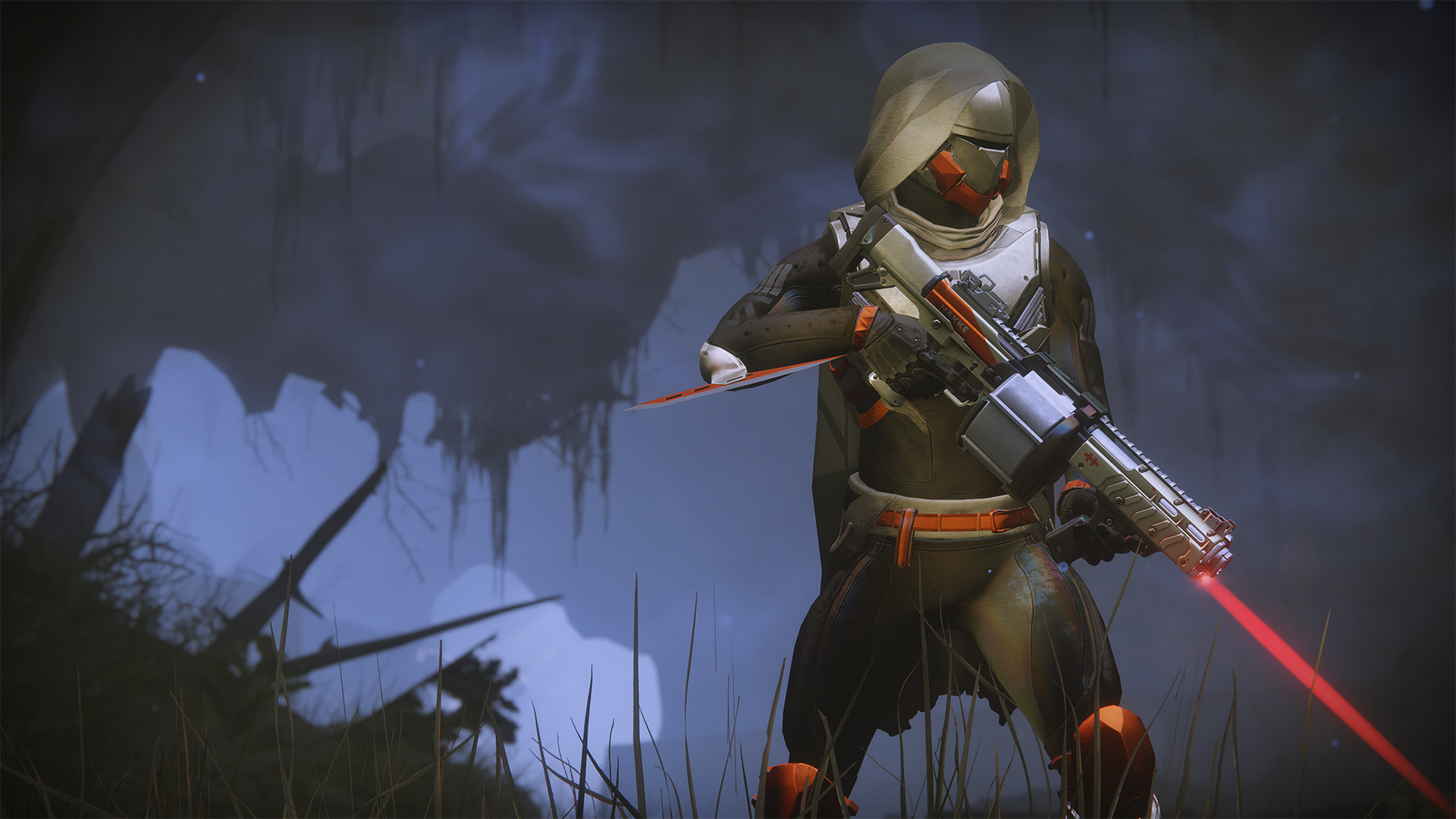
In the first game, there’s a special gameplay modifier for Heroic Strikes called Juggler. Juggler removes ammo drops for the currently equipped weapon, meaning that you have to keep switching in order to keep all your guns fuelled. In that context, it’s a fun novelty that keeps you on your toes. But Destiny 2 seems to have an invisible version of Juggler activated at all times, sometimes making ammo scarcity as big a threat as the enemy, at least in drawn-out events such as Raid encounters. Coupled with the weapon categorisation issues, this is another artificial limitation that needs to go in Destiny 2 Year Two. Destiny is a shooter. Let us shoot.
5. Fix the Nightfall / Heroic Strike identity crisis

It used to be that the Nightfall was Destiny’s premium Strike event, an ultra-challenging, weekly special edition of one of the existing missions that acted as a high-reward stepping stone between Strikes and Raid content. But now, with Heroic Strikes having gained gameplay modifiers that the Nightfall lacks, the ‘little brother’ option is actually considerably harder. And with both Strike variants having different pros and cons in terms of reward availability and the resources needed to tackle them (Heroics are harder, but potentially offer better level increases, and have matchmaking, where Nightfalls are easier, but require far more grinding for their special loot drops, and without a pre-made team, you’re on your own), everything is really rather muddled indeed. Strikes are brilliant fun, and grinding them, whether for loot or simple enjoyment, has always been a fundamental part of Destiny. But their place and purpose needs a refocus. This Reddit post, which suggests a brilliant concept for Heroic Strike-specific loot quests, is a good start for inspiration.
6. Overhaul the Heroic Strike modifiers
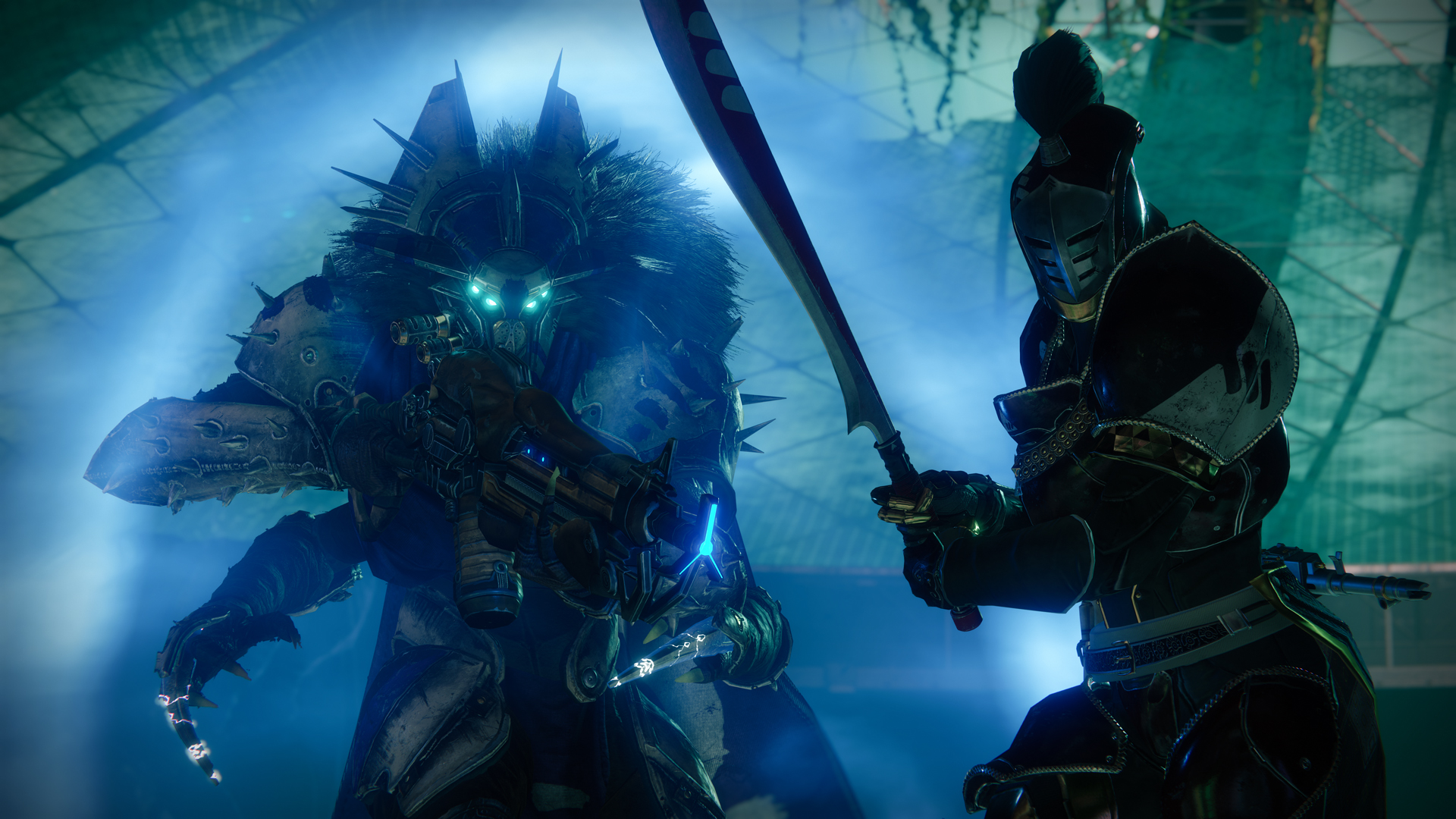
The first way to address the Nightfall / Heroic imbalance is to rethink the gameplay modifiers in the Heroic playlist. Because while the original Destiny’s modifiers incentivise finding new, creative ways to play, Destiny 2’s largely deliver new ways to get killed. And they’re sometimes delivered in highly frustrating combinations. An overly punitive modifier is one thing, but when it’s active during a boss fight that wasn’t originally designed to accommodate it, things can get pretty miserable. Destiny 2, Year Two’s Strike modifiers need to ensure an equal number of advantages and disadvantages, in sympathy with level design, and focus on changing gameplay rather than necessarily just making it harder. They should also ban certain combinations of modifiers and strikes. Right now there’s just too much random luck involved in Heroic Strike completion.
7. Add matchmaking across the board
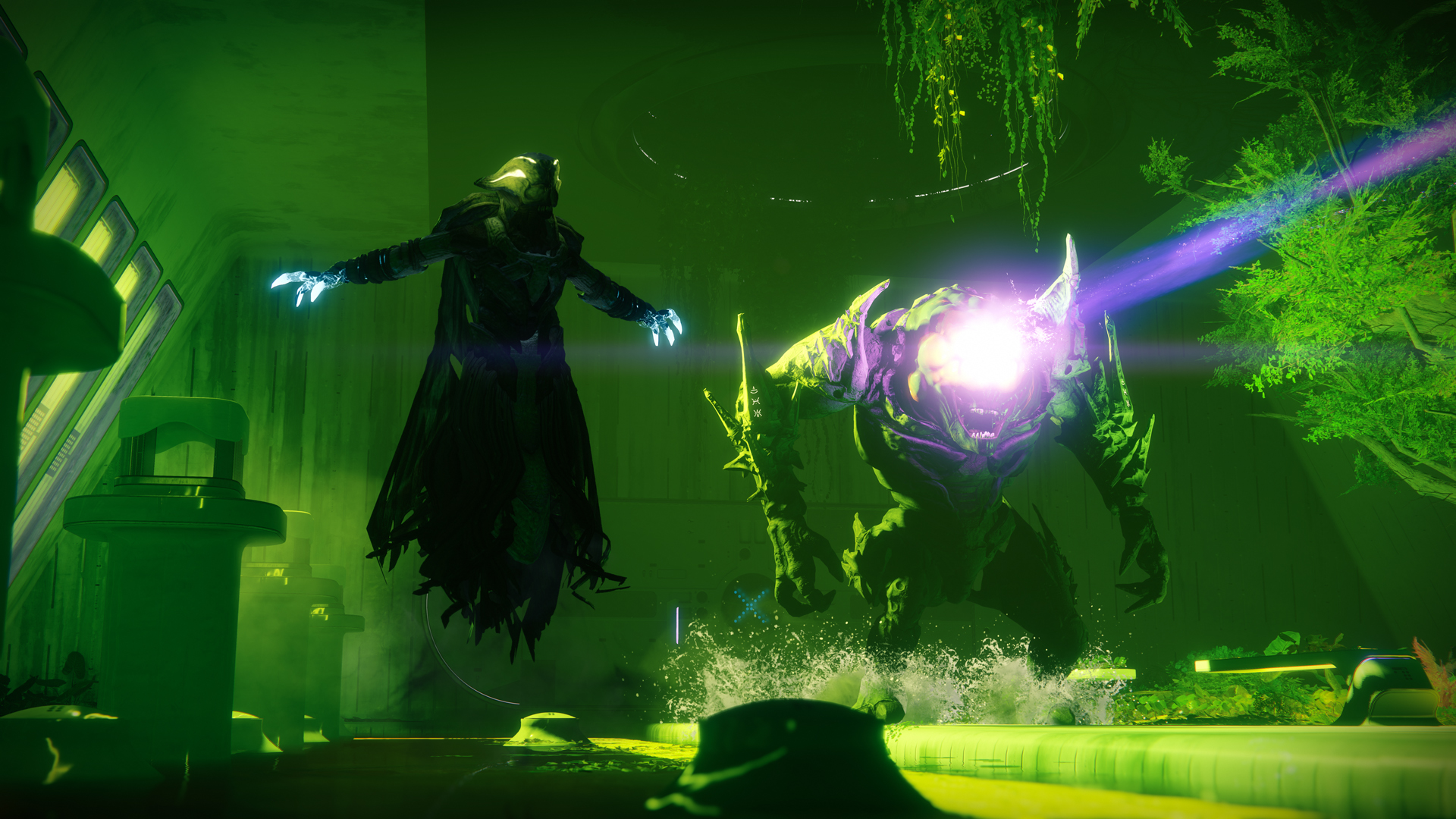
Nightfalls are now easier than Heroic Strikes, but the lack of matchmaking has made grinding for their main, signature reward a slog. Meanwhile, the well-intentioned but rather failed Guided Games system – intended as a way of hooking up solo players with clans who could show them the ropes of higher-level content – has long been used primarily as the Nightfall and Raid matchmaking system Bungie was reluctant to provide, albeit with severe frustrations. Guided Games provides no Raid checkpoints, for instance, and inflicts reputation penalties for dropped connections. It also takes aaages to connect players in the first place. Upwards of an hour, sometimes. Clearly, players want across-the-board matchmaking, and they deserve better than to struggle with the current halfway house system.
8. Keep matchmade Fireteams together

Currently, Destiny 2 disbands lobbies after each and every Strike and Crucible match, but one of the greatest joys of the first Destiny was the way that the Strike playlists would keep matchmade Fireteams together until someone quit out. Over the hours, Guardians would form unspoken bonds, feel out each other’s playstyles, and fall into an instinctive, co-operative rhythm and flow. Even if you only communicated via emotes and celebratory gunfire, there was a brilliant camaraderie to the system, and real friendships could be blossom from finding players you clicked with. Destiny 2 is all the poorer for losing this system.
Crucible PvP
9. Take another look at matchmaking
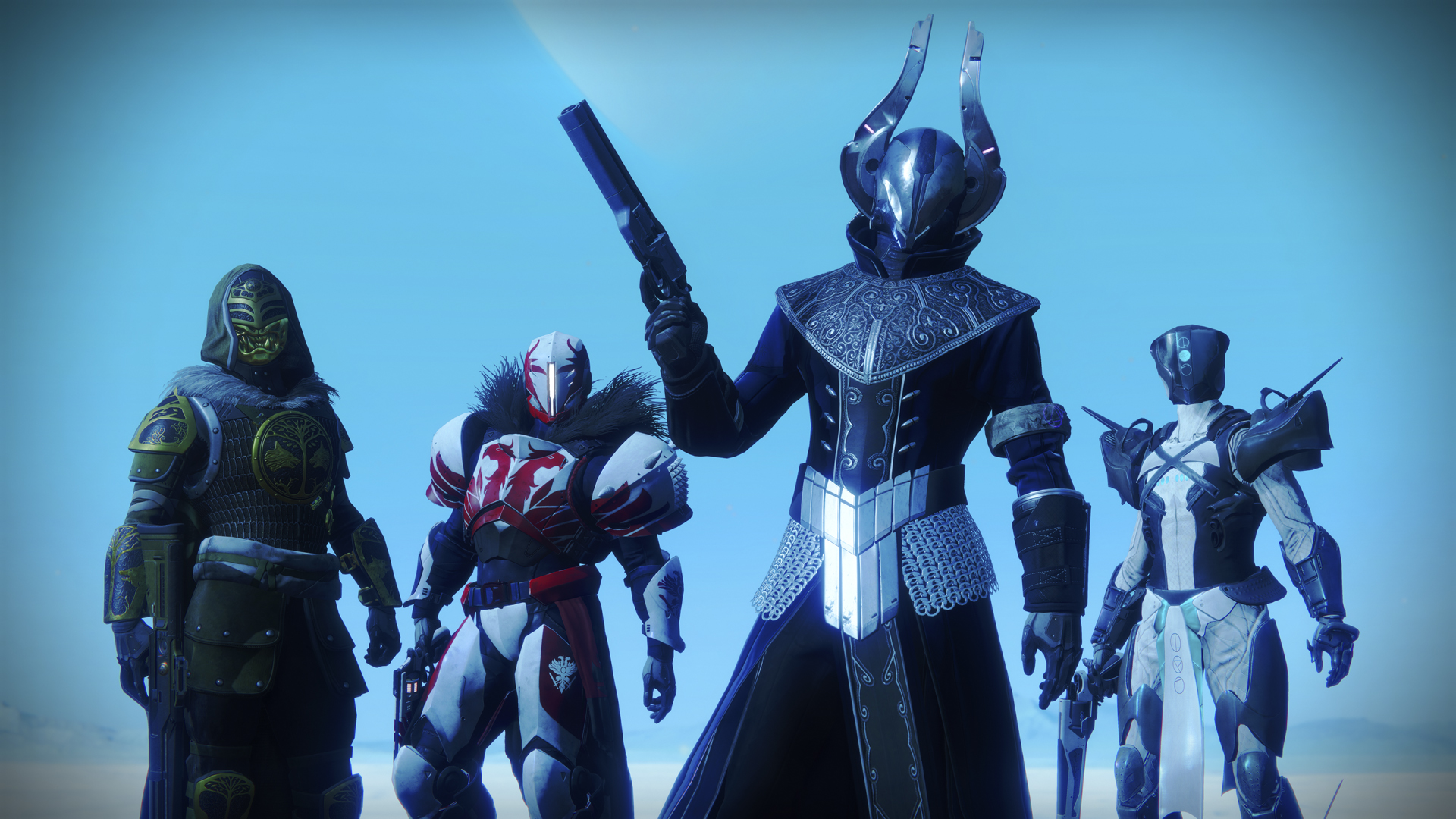
No-one outside Bungie really knows exactly how Destiny's skill-based matchmaking works, but dissatisfaction with it has been a common thread since midway through the first game's three-year life. Whether - as some theorise - it composes and matches teams based on average, collective skill level (deeming, say, a team of four average players to be equal to a single good player and three terrible ones), or otherwise just has trouble reconciling skill level with connection quality, mismatched teammates and lag (particularly notable around the recent Iron Banner events, with their expanded, 6v6 lobbies) have always plagued the Crucible.
While Bungie has recently improved things considerably for solo players queuing against pre-made 'stacked' teams (previously, stack stomps were a regular pain) skill imbalance within a team continues to feel a problem. Couple this with the way that the Crucible still favours co-ordinated teamfire over heroic solo plays, and you’ve got a PvP offering whose outcome sometimes feels decided before play even starts. None of this necessarily means insurmountable odds, of course. Plenty of four-stacks suck at the game, regardless of their team composition (and it's always too easy to blame teammates for a loss). But the end-match scoreboards do seem to confirm the issue rather too often. Whatever other tweaks and evolutions Destiny 2’s Crucible goes through during year two, matchmaking should be refined.
10. Remove loss penalties from Competitive Crucible
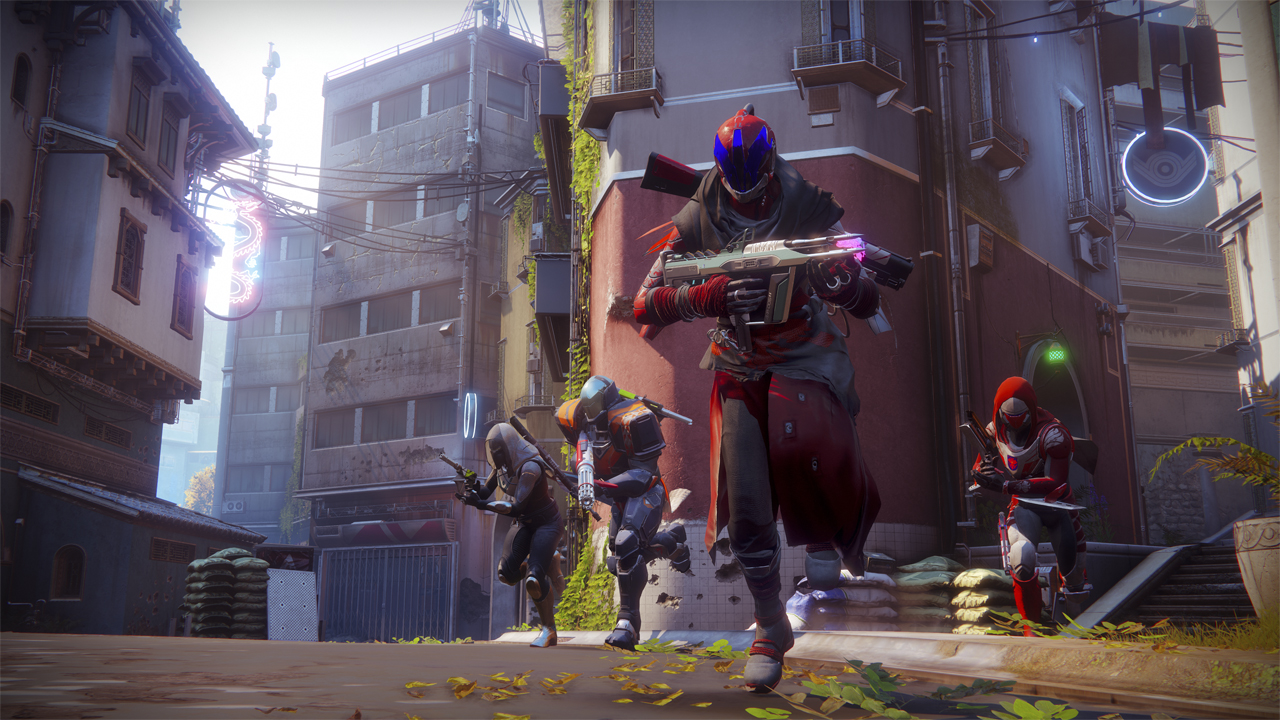
In theory, Glory ranking in the Competitive playlist is a great idea. Like the more casual Valor rank, it increases with wins, with certain rewards becoming available at increased levels. The problem is that unlike Valor, Glory rank drops with losses, and drops faster during loss streaks of multiple defeats in a row. Coupled with the above matchmaking issues, and the fact that although billed as a ranking system, Glory level doesn’t actually have anything to do with who Guardians are put up against, you’ve got a PvP progression set-up that gives individual players very little control over their progress or loss thereof. Progress toward Glory rewards should not be a push-over. Of course it should be a heavy commitment, and the best gear well-earned. But the sense of chaos and futility brought about by loss penalties – at least within the current framework – needs to be dealt with.
11. Test sandbox changes in Crucible Labs

Bungie as just added the Crucible Labs playlist to the PvP menu. This is a brilliant addition, providing public access to experimental new game modes, so that the studio can gauge play data and community responses before deciding how – and if – to roll out something new. It’s a great, explicit step toward more open, collaborative development, and I applaud it. But I’d like to see it go further. While new game modes are great to test out, Crucible Labs could also be a great place to test out new sandbox changes in a localised, safe environment. Testing gameplay changes in the Labs could help refine many a good idea, from both studio and community, and equally prove naïve pipedreams to be unviable with minimal fuss. Either way, it would surely speed along the game’s evolution.



